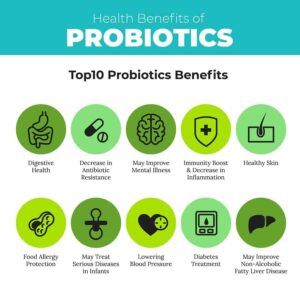Exploring New Treatment Options for Depression
Depression is a mental health disorder that affects millions of people worldwide. It can have a severe impact on an individual’s well-being, relationships, and overall quality of life. While traditional treatments such as therapy and medications have proven to be effective, researchers are continuously exploring new treatment options to further enhance outcomes and address the unique needs of individuals suffering from depression.
1. Ketamine Therapy
Ketamine, traditionally used as an anesthetic, has shown promising results as a treatment option for depression. Its fast-acting nature makes it an attractive choice for those who have not responded well to conventional treatments. Ketamine works by targeting glutamate, a neurotransmitter involved in mood regulation. Studies have demonstrated a significant reduction in depressive symptoms within hours of administration.
2. Transcranial Magnetic Stimulation (TMS)
TMS is a non-invasive technique that uses magnetic fields to stimulate specific areas of the brain associated with depression. Unlike electroconvulsive therapy (ECT), TMS does not require anesthesia and has fewer side effects. It has proven to be particularly effective in treating depression that does not respond to medication. TMS sessions typically last around 20 minutes and are conducted several times per week for several weeks.
3. Psychedelic-Assisted Therapy
Psychedelic-assisted therapy involves the controlled use of substances like psilocybin (found in magic mushrooms) and MDMA (commonly known as ecstasy) alongside therapeutic support. These substances are believed to promote emotional breakthroughs and foster a deep introspective experience, leading to reduced symptoms of depression and enhanced emotional well-being. Extensive research is being conducted to explore the potential benefits and safe implementation of psychedelic-assisted therapy.
4. Light Therapy
Light therapy involves exposure to artificial light sources to regulate circadian rhythms and alleviate depressive symptoms. It is particularly beneficial for individuals experiencing seasonal affective disorder (SAD), a type of depression triggered by changes in seasons. By positively impacting neurotransmitters like serotonin, light therapy helps regulate mood and promote a sense of well-being. This treatment option typically involves sitting close to a specialized lightbox for specific durations each day.
5. Mindfulness and Meditation
Mindfulness-based therapies and meditation have gained significant attention in recent years as adjunctive treatments for depression. These interventions focus on cultivating present-moment awareness and enhancing self-compassion. Mindfulness practices help individuals observe and accept their thoughts and emotions without judgment, effectively reducing depressive symptoms and improving overall mental health. They can be incorporated into therapy sessions or practiced independently.
Conclusion
As our understanding of depression continues to evolve, so do the treatment options available. While traditional therapies remain valuable, new and innovative approaches are providing hope for individuals who have not responded well to conventional treatments. Whether it is through the use of ketamine therapy, transcranial magnetic stimulation, psychedelic-assisted therapy, light therapy, or mindfulness practices, exploring new avenues offers the potential for improved outcomes and an enhanced quality of life for those struggling with depression.


